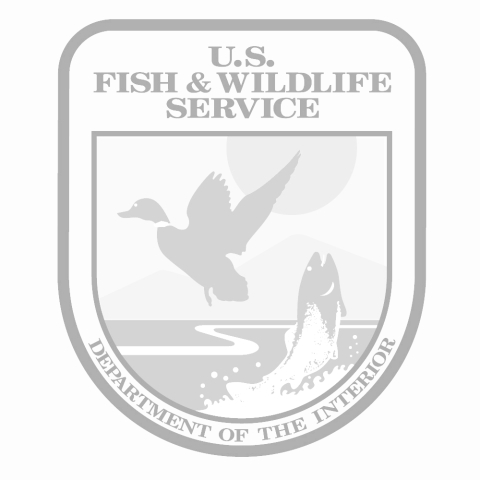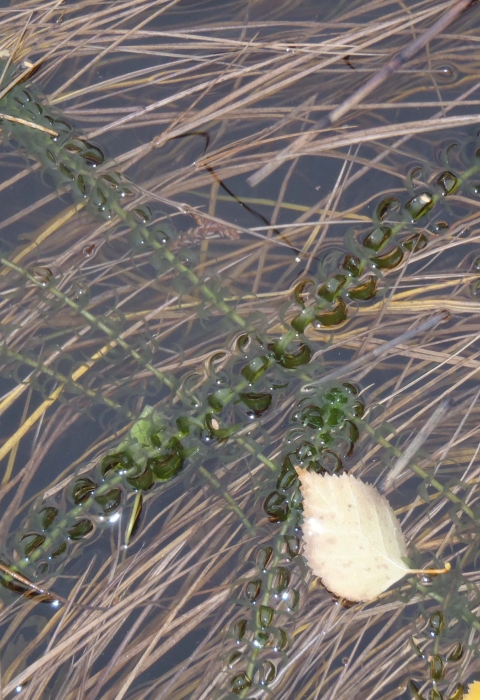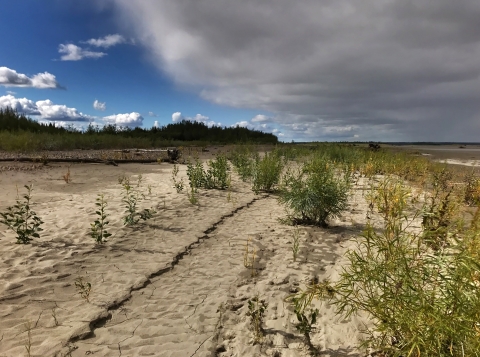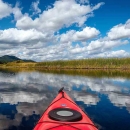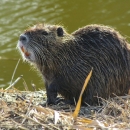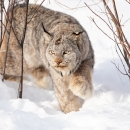There are no roads into Yukon Flats National Wildlife Refuge. The primary access is by boat and aircraft from the hub community of Fairbanks which is a known source of terrestrial and aquatic invasive plant populations. Invasive species can come into the refuge on goods, equipment, nursery plants, and they can hitchhike on boats and floatplanes. Invasive species can also be spread unintentionally via fire suppression activities or during high water events on the Yukon River. Wildland fire and flooding disturbance events create bare mineral soil or new gravel bar habitats that may be vulnerable to invasive plant colonization and establishment.
Another way that invasive species invasive species
An invasive species is any plant or animal that has spread or been introduced into a new area where they are, or could, cause harm to the environment, economy, or human, animal, or plant health. Their unwelcome presence can destroy ecosystems and cost millions of dollars.
Learn more about invasive species can spread is through plant and animal movement as species extend their range as the climate warms. Mule deer are a species of concern as they have been moving northward and are now in eastern Alaska. They are known to carry the winter tick (Dermacentor albipictus) which has devastated moose populations in the north eastern U.S. The concern is that Mule deer will spread the moose winter tick into Alaska’s moose populations. Moose calves are especially vulnerable. Moose are an important food resource for Alaskans including community residents of the Yukon Flats who often do not have access to grocery stores.
Yukon Flats refuge staff, the Fairbanks Soil and Water Conservation District and other partners have conducted invasive plant surveys in Yukon Flats communities, wildland fire burn suppression areas, and river corridors since 2005, in cooperation with Village Tribal Councils and the Tanana Chiefs Conference, to determine invasive plant species distribution and abundance. The refuge is encouraging subsistence hunters to participate in the State of Alaska Submit-a-Tick monitoring program and to report any tick infestations on wildlife or pets to the State of Alaska.
Our survey efforts show that non-native plants are present in every Yukon Flats community but only a few are considered invasive including white sweetclover (Melilotus albus), European bird cherry (Prunus padus), and bird vetch (Vicia cracca). We will continue to monitor for these and other species and Elodea, an aquatic invasive in other parts of interior Alaska.
|
Contact Information
